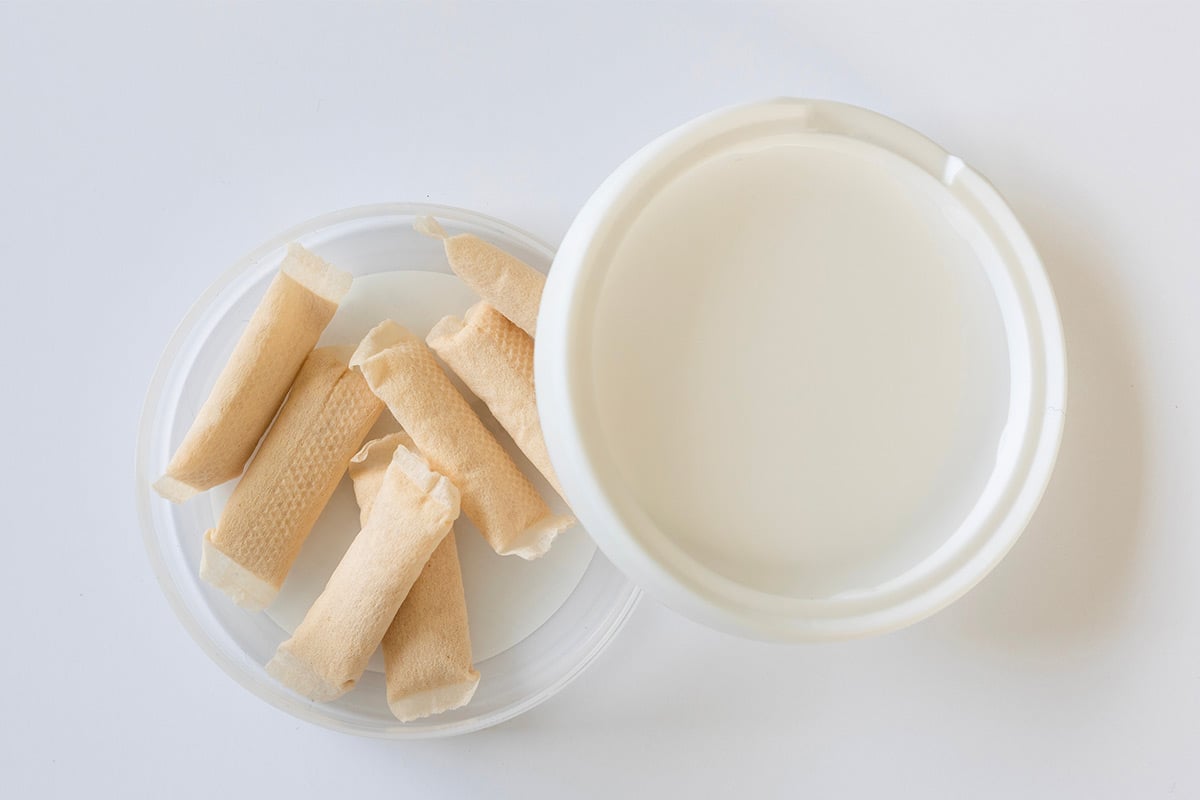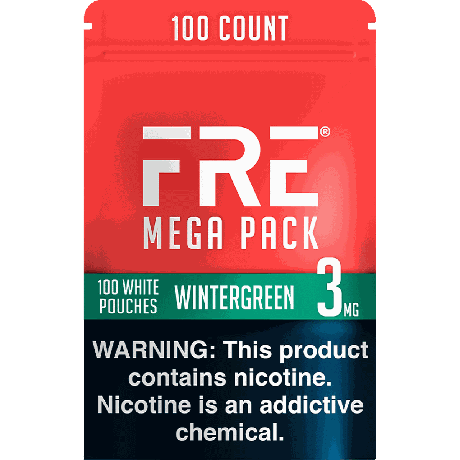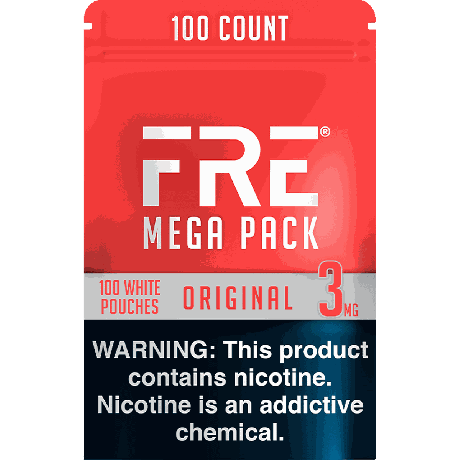The History of Nicotine Pouches
Nicotine pouches have made an impact among US nicotine users, but very few people know the full story of their rich heritage deeply rooted in Scandinavian culture.
Originating in Sweden in the 19th century, snus was initially just a pinch of moist tobacco placed under the upper lip. Fast forward to the modern era, and we've witnessed the emergence of all-white nicotine pouches with synthetic tobacco-free formulations, offering a convenient nicotine experience for adult users without the risks of combustible tobacco.
In this article, we'll look back at a brief history of these innovative smokeless products that have changed the way people enjoy nicotine.
When Were Nicotine Pouches Created?
Swedish tobacco snus has been around for centuries, but the first pre-portioned pouches were launched in the 1970s (previously, users only had a loose tobacco leaf option). As modern technology has continued to develop and our scientific understanding of the risks of smoking have grown, it was really only a matter of time before a smoke- and tobacco leaf-free alternative to oral tobacco products was invented.
Nicotine pouches are small white pouches containing nicotine with zero traces of tobacco leaf, dust, or stem. The first nicotine pouch was created in Scandinavia and registered in 2008 under the name Zonnic. These pouches were developed by Niconovum (a brand focusing on Nicotine Replacement Therapies—or NRTs—such as lozenges and gums to help those trying to quit smoking). In 2009, R.J. Reynolds bought Niconovum, and British American Tobacco (BAT) subsequently bought R.J. Reynolds.
Since then, other tobacco companies have pivoted to developing their own smokeless products to meet customer demand, spreading this innovative Scandinavian product to adult nicotine users in the US and beyond.
A Nicotine Pouch Timeline
The 2010s: Pouches Hit the US Market
Inspired by the Swedish smokeless tradition, nicotine pouch brands started popping up in the US from 2014 onwards. Brands like On! and VELO were among the first, offering nicotine pouch products in various flavors and strengths, bringing a greater range of tobacco leaf-free choice to adult consumers across the US.
2020: More Brands Start to Appear
Nicotine pouch sales really started to boom online, just 6 years after the first pouch launched in the US. More and more new products started to enter the market, driving innovation in the category.
For example, a company called Next Generation Labs partnered with Dholakia Tobacco and put their synthetic nicotine technology to use, creating FRE nicotine pouches in 2020. From start to finish in the manufacturing process, there was zero tobacco involved. FRE also launched with more milligrams per pouch than the US market had seen so far—including 9mg and 12mg strengths for a stronger sensation.
2021: Increased Awareness & Acceptance
In 2021, the nicotine pouch sector experienced even bigger growth in the US market. The year was marked by increased visibility of nicotine pouches—both online and offline in physical stores—as well as more users actively switching to these products as alternatives to classic oral tobacco. Many well-established brands expanded their ranges to include new flavors, strengths, and pouch technologies, and awaited FDA review as part of the PMTA process.
2023 Onwards: What Does the Future of Nicotine Pouches Look Like?
We've seen a growing trend of traditional tobacco brands, like Grizzly, switch their focus to tobacco-free pouches and it really is a sign of what modern nicotine consumers want. More brands have started to emerge, such as CLEW and ZEO Universe, offering more ways to customize your nicotine routine. As the category matures, pouch design is also being refined in terms of longer-lasting flavors and nicotine delivery mechanisms. The FDA continues to make their way through all the PMTAs and the regulation of smokeless nicotine alternatives remains a hot topic.
Keeping an eye on the Pouch Perfect blog is the best way to stay informed!











Login and Registration Form